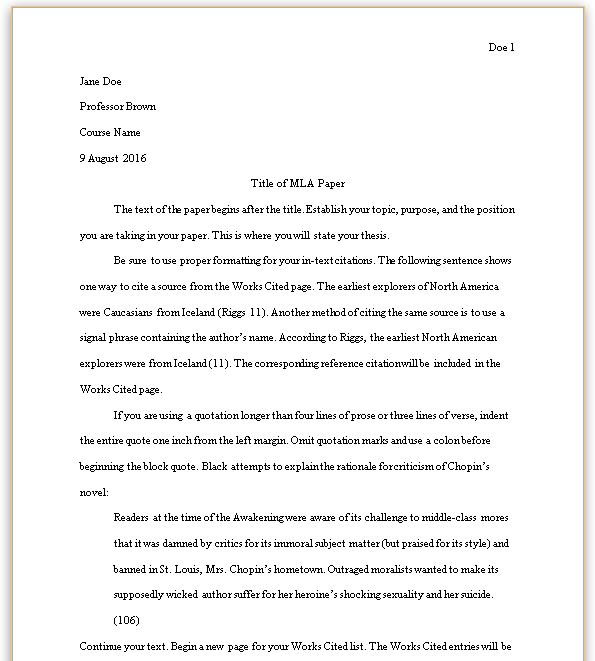Quantum Atomic Model and Key Concepts
Quantum Model
- Definition: An atomic model that incorporates the wave-like properties of matter.
- Key Feature: Describes electrons as standing waves with quantized energies.
Orbitals and Their Shapes
- Definition: Standing waves representing the probability distribution of an electron around the nucleus.
- Types of Orbitals and Shapes:
- S-orbital: Sphere; 1 orbital.
- P-orbital: Dumbbell; 3 orbitals.
- D-orbital: Complex shapes (e.g., “dumbbell with a bagel” or “fat four-leaf clover”); 5 orbitals.
- F-orbital: Even more complex shapes; 7 orbitals.
Spectroscopy
- Definition: Study of the intensity and wavelengths of light emitted or absorbed by excited atoms and ions.
- Key Use: Identifies the unique emission and absorption spectra of elements.
Radial Shape
- Definition: A cross-sectional view of an orbital, showing the electron distribution when the orbital is sliced in half.
Shells
- Definition: Groups of orbitals with similar energy levels and sizes.
- Energy Correlation: The number of waves corresponds to the shell number and indicates the energy possessed by electrons.
- Orbital Energy Order (Lowest to Highest):
1s,2s,2p,3s,3p,4s,3d,4p,5s,4d,5p,6s,4f,5d,6p,7s,5f,6d,7p,8s1s, 2s, 2p, 3s, 3p, 4s, 3d, 4p, 5s, 4d, 5p, 6s, 4f, 5d, 6p, 7s, 5f, 6d, 7p, 8s.
Spin
- Definition: A characteristic of electrons describing the direction of their intrinsic magnetic field (not actual movement).
Electron Volt (eV)
- Definition: A unit of energy used to measure the energies of particles in atoms and nuclei.
- Magnitude: Small, suitable for describing atomic-level energies.
Exclusion Principle
- Definition: States that no two electrons in the same atom can occupy the exact same quantum state (shell, orbital, and spin).
- Implications:
- No more than two electrons per orbital.
- Electrons in different orbitals differ in energy.
Electron’s State
- Definition: The combination of an electron’s shell, orbital, and spin.
Electron Transitions
- Absorption: Electrons jump to higher orbitals when energy is absorbed, creating an absorption spectrum.
- Emission: Electrons fall to lower orbitals, releasing energy as light, which forms the emission spectrum.
Summary
- Atoms consist of a dense, positively charged nucleus surrounded by electrons attracted via electric forces.
- Electrons behave as standing probability waves (orbitals).
- Only specific orbital shapes and energies are allowed.
- Orbitals are filled starting from the lowest energy levels, limited by the Exclusion Principle.
- Closely spaced orbitals form shells.
- Atoms emit or absorb discrete frequencies of light during electron transitions between orbitals.
This quantum understanding underpins modern chemistry and spectroscopy.
Don't use plagiarized sources. Get Your Custom Essay on
Quantum Atomic Model and Key Concepts
Just from $13/Page


